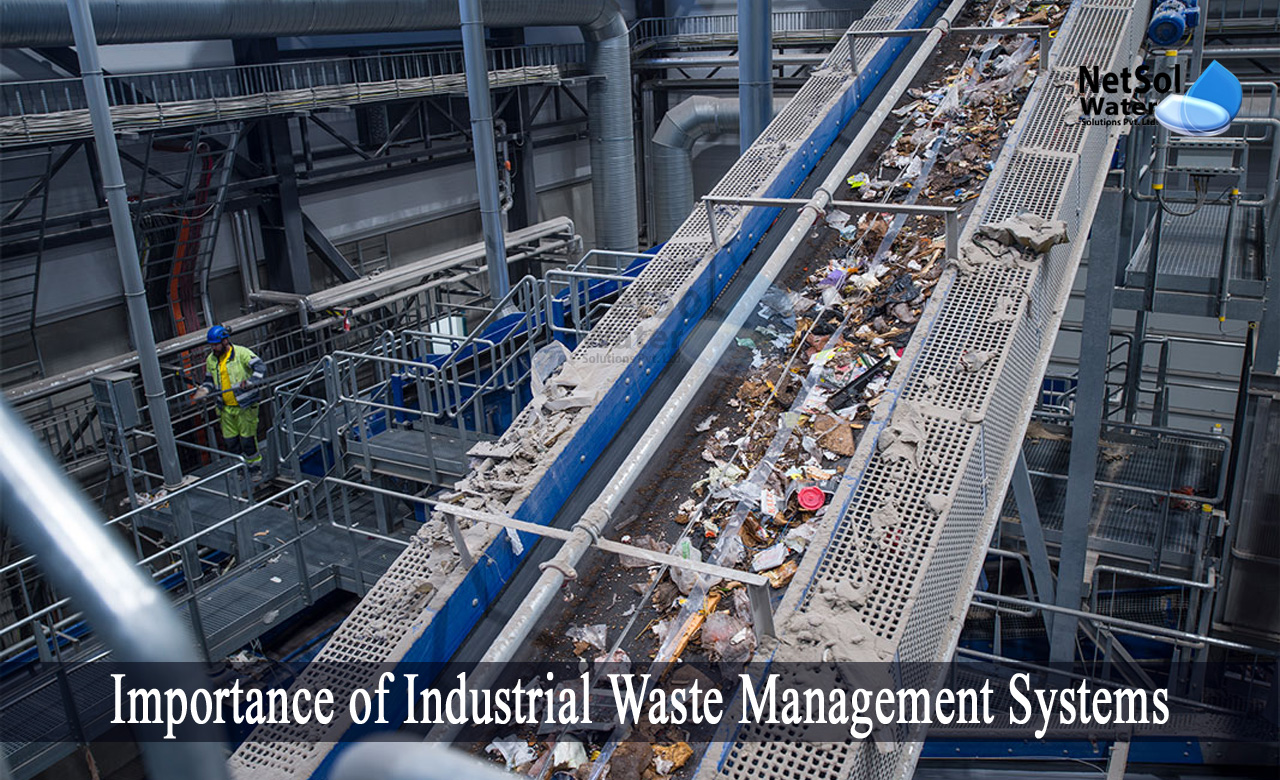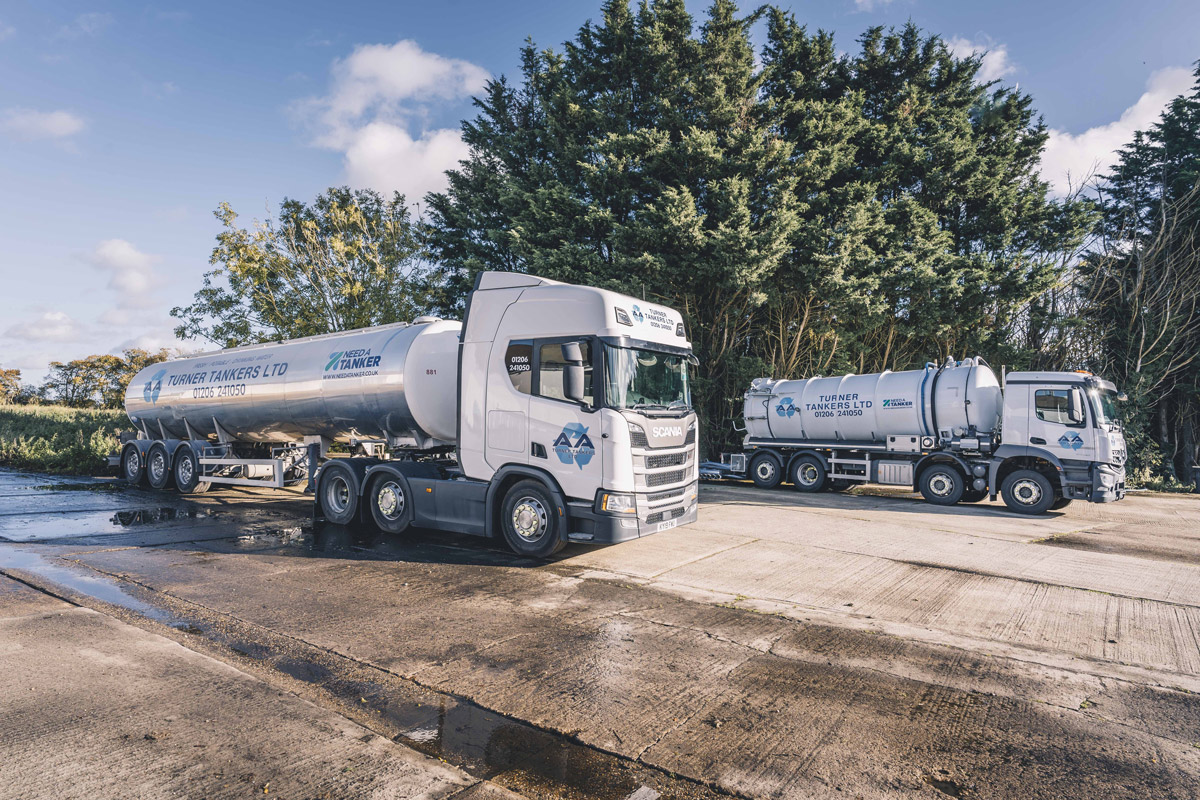The Ultimate Guide To Reclaim Waste
The Ultimate Guide To Reclaim Waste
Blog Article
Fascination About Reclaim Waste
Table of ContentsExamine This Report on Reclaim WasteHow Reclaim Waste can Save You Time, Stress, and Money.Reclaim Waste for BeginnersGetting My Reclaim Waste To WorkReclaim Waste - Questions
Residential sewer waste refers to the waste and items from a domestic septic storage tank. The appropriate management and disposal of residential sewer waste call for fluid waste to be transferred to a sewage therapy plant where the appropriate approaches and tools are applied to purify and dispose of waste.
Business waste often includes possible risks, such as combustible materials or a combination of liquid and strong waste products, and needs a more innovative and thorough disposal process. The disposal of business waste commonly involves the filtration of waste prior to transport to ensure risk-free and appropriate disposal. Hazardous waste is created from byproducts and overflow of industrial procedures and manufacturing.
This sort of waste can not use the exact same sewer management transportation or procedures as septic or business liquids. The hazardous waste management process needs the assessment and screening of fluid waste prior to it undergoes the disposal process (liquid waste removal). Drainage waste is the liquid waste that originates from drainage and excess stormwater in very inhabited locations or cities
Overflow waste can trigger contamination and flooding otherwise managed appropriately. Find out more regarding sewer cleansing and waste administration. Making sure appropriate waste management can avoid calamities and reduce ecological injury. Both people in household setups and specialists in industrial or production industries can take advantage of recognizing the processes and regulations of fluid waste management.
The Of Reclaim Waste
Get in touch with PROS Providers today to learn more about our waste management and disposal services and the correct ways to take care of the fluid waste you create.
(https://www.anyflip.com/homepage/imqzz#About)Do you understand what happens to your water when you draw the plug, purge the bathroom or drain pipes the washing device? No? Well, it deserves recognizing. This supposed 'wastewater' is not just an essential source yet, after treatment, will be launched to our land, waterways or the ocean. Used water from bathrooms, showers, bathrooms, kitchen area sinks, laundries and industrial procedures is called wastewater.

water made use of to cool equipment or clean plant and tools). Stormwater, a type of wastewater, is runoff that moves from agricultural and urban locations such as roof coverings, parks, yards, roads, paths and seamless gutters into stormwater drains pipes, after rainfall. Stormwater streams without treatment directly to local creeks or rivers, ultimately reaching the ocean.
The Buzz on Reclaim Waste
In Queensland, the majority of wastewater is dealt with at sewer therapy plants. Wastewater is transported from domestic or industrial websites via a system of sewage systems and pump terminals, recognized as sewerage reticulation, to a sewer therapy plant.
The Division of Natural Resources suggests city governments regarding handling, operating and keeping sewage systems and therapy plants. In unsewered locations, neighborhood federal governments might call for homeowners to install individual or household sewer therapy systems to treat domestic wastewater from toilets, kitchen areas, bathrooms and laundries. The Division of Natural Resources authorizes using home systems when they are confirmed to be efficient.
In some new subdivisions, therapy of some stormwater to remove clutter, sand and gravel has actually started utilizing gross toxin traps. Wastewater therapy occurs in 4 stages: Removes strong matter.
Uses small living microorganisms recognizes as micro-organisms to break down and remove staying liquified wastes and fine particles. Micro-organisms and wastes are integrated in the sludge.
Our Reclaim Waste Diaries
Nutrient removal is not available at all sewer therapy plants since it needs costly specialist devices. Clear fluid effluent generated after therapy might still contain disease-causing micro-organisms - liquid waste removal.

Most wastewater streams right into the sewerage system. Under the Act, local federal governments carry out authorizations and permits for eco relevant activities (Ages) including wastewater launches that might have a neighborhood impact.
Some Ideas on Reclaim Waste You Should Know
Otherwise, examples are considered lab evaluation. Typically several examinations are required to develop the levels of each of the different pollutants such as oils, hefty metals and pesticides in water. Tracking gives factual information regarding water high quality and can verify that permit problems are being met. The information obtained with surveillance provides the basis for making water high quality choices.
Report this page